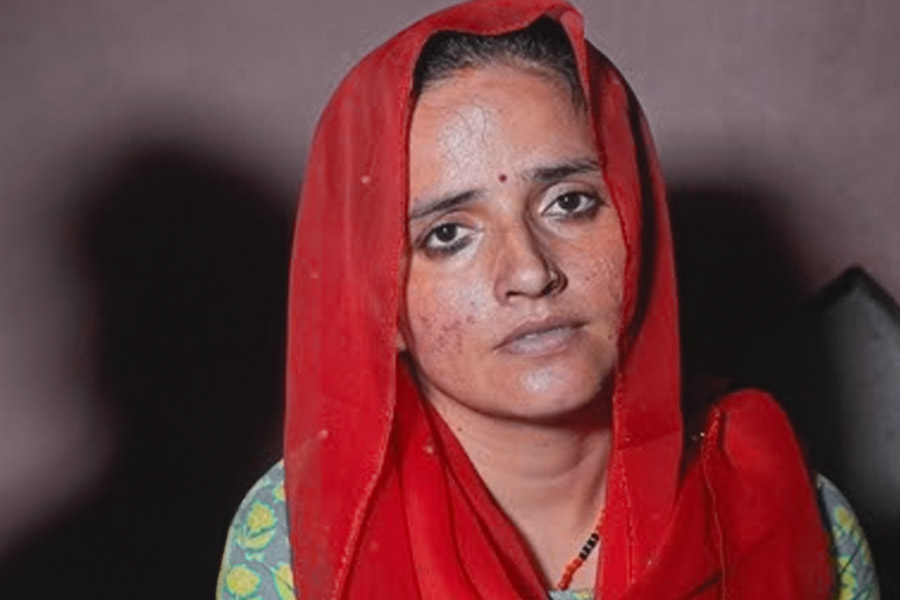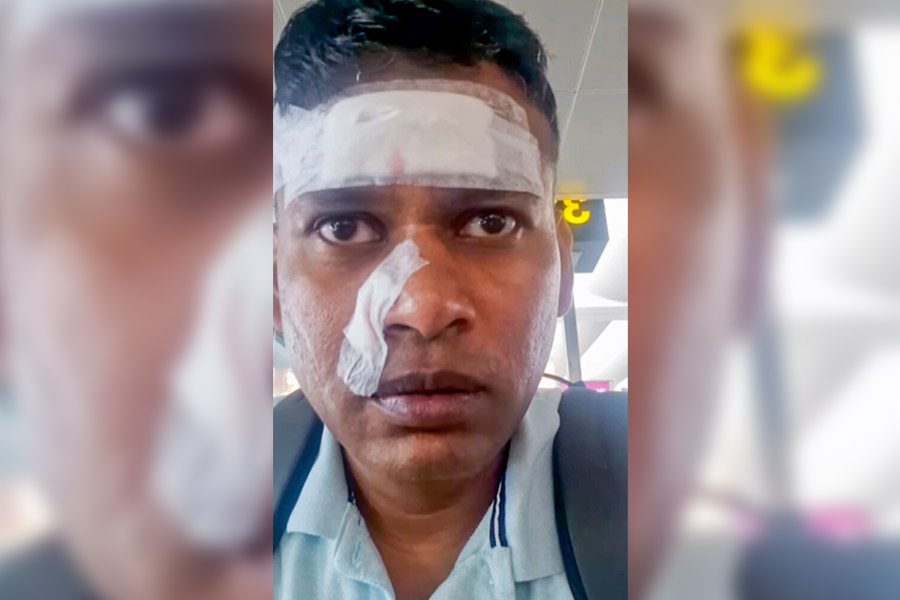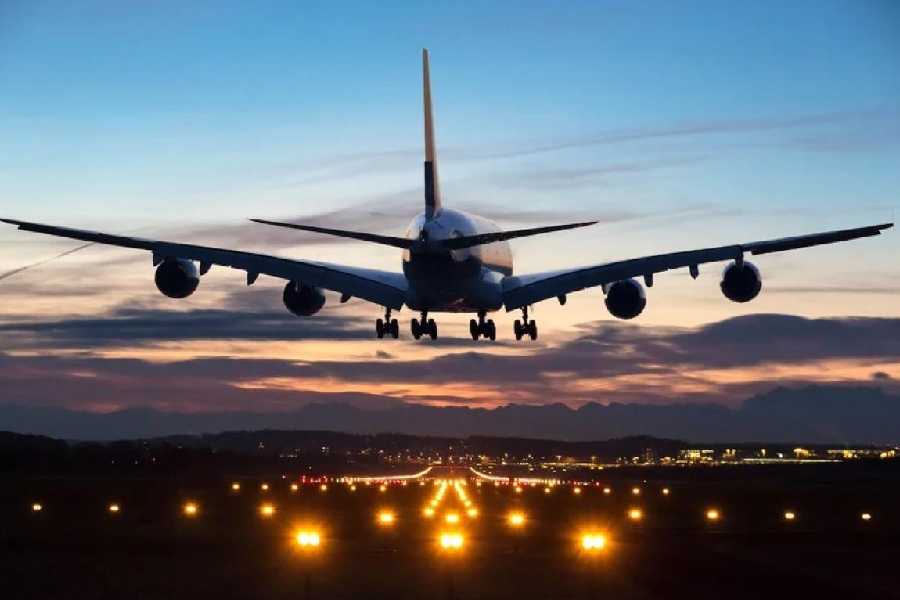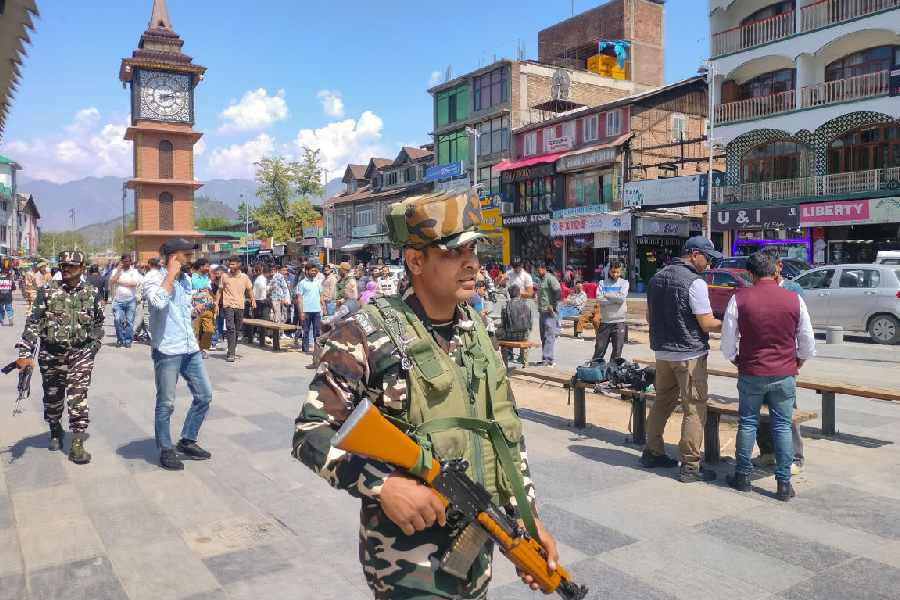New Delhi, July 11: The Narendra Modi government is hoping to tap “unbanked savings” by bringing back Kisan Vikas Patra, a post office savings scheme which allowed individuals to invest cash by buying an investment certificate.
“While this is no ‘voluntary disclosure of income scheme’, we are hoping to tap India’s unbanked savings by bringing back the Kisan Vikas Patra,” finance minister Arun Jaitley said in an interview to The Telegraph.
Jaitley’s reply was in response to a pointed question on how he hoped to bring black money into official channels — a professed goal of the BJP.
The BJP had raised the issue of black money in the run-up to the elections and had set up a special investigative task force to unearth and bring back black money that has been salted away in overseas tax havens.
However, many experts believe the bulk of India’s black money, or income not reported to tax authorities, are invested within the country in realty and bullion.
Kisan Vikas Patra was an instrument which was wound up in 2011 as the Congress-led UPA government tried to rationalise post office schemes in order to try to channel household savings into formal bank deposits, bonds and stocks.
“It was a scheme which let individuals place their money with few or no questions asked and a good savings instrument since it doubled the investment in eight years and seven months,” said Subrata Sen, a New Delhi-based chartered accountant and financial planner.
The Kisan Vikas Patras were not, and are never going to be, tax-saving instruments and income earned on it will be taxable. However, their easy liquidity and simple format attracted huge investments in the instrument in its heyday.
Stating that the thrust of his budget was to help the man on the street, Jaitley said he had thought long and hard about who should be the real beneficiary of the big tax breaks in his budget. He felt it ought to be the aam aadmi (the common man).“Uske haath mein paise hona chahiye (he should have money in his hands),” said the minister whose main objective was to kick-start the faltering economy.
His tax sops — ranging from a hike in the income tax floor to raising the limit for tax savings — were aimed at that, the minister explained.
Jaitley said his other big objective was to trim subsidies which in any case were not reaching the common man or the intended beneficiaries.
“Raising the diesel price by 50 paise a month to cut the subsidy bill has almost run its course. We now need to target the fertiliser and kerosene subsidies to save money,” the minister said.
The government is hoping to rationalise the fertiliser subsidy, weaning away farmers from over-use of urea and encouraging a more rational use of fertilisers.
India will be spending about Rs 104,500 crore on subsides for diesel, kerosene and cooking gas, against last year’s Rs 139,869 crore, a 25 per cent reduction in the subsidy bill for just these three fuels.
Jaitley also spoke confidently of getting states on board before launching an all-India goods and services tax within a year.
“We did mention a central GST in the economic survey but that is a document prepared by economists and does not necessarily reflect the course of action of the government… we have been discussing with states and hope to move on the tax measure,” he added.
Jaitley has given himself a year’s time to bring in the tax measure which will snuff out a host of local and central taxes and effectively turn India into a single common market.
The move is expected to raise India’s GDP by 1 to 2 per cent, by simply pushing through this measure.
However, in a series of meetings which Jaitley held with state governments, he found Opposition-ruled states proving to be tough customers by stalling his move on procedural grounds, a tactic which the BJP-ruled states had adopted when the Congress had sought to bring in the same measure some four years ago.










